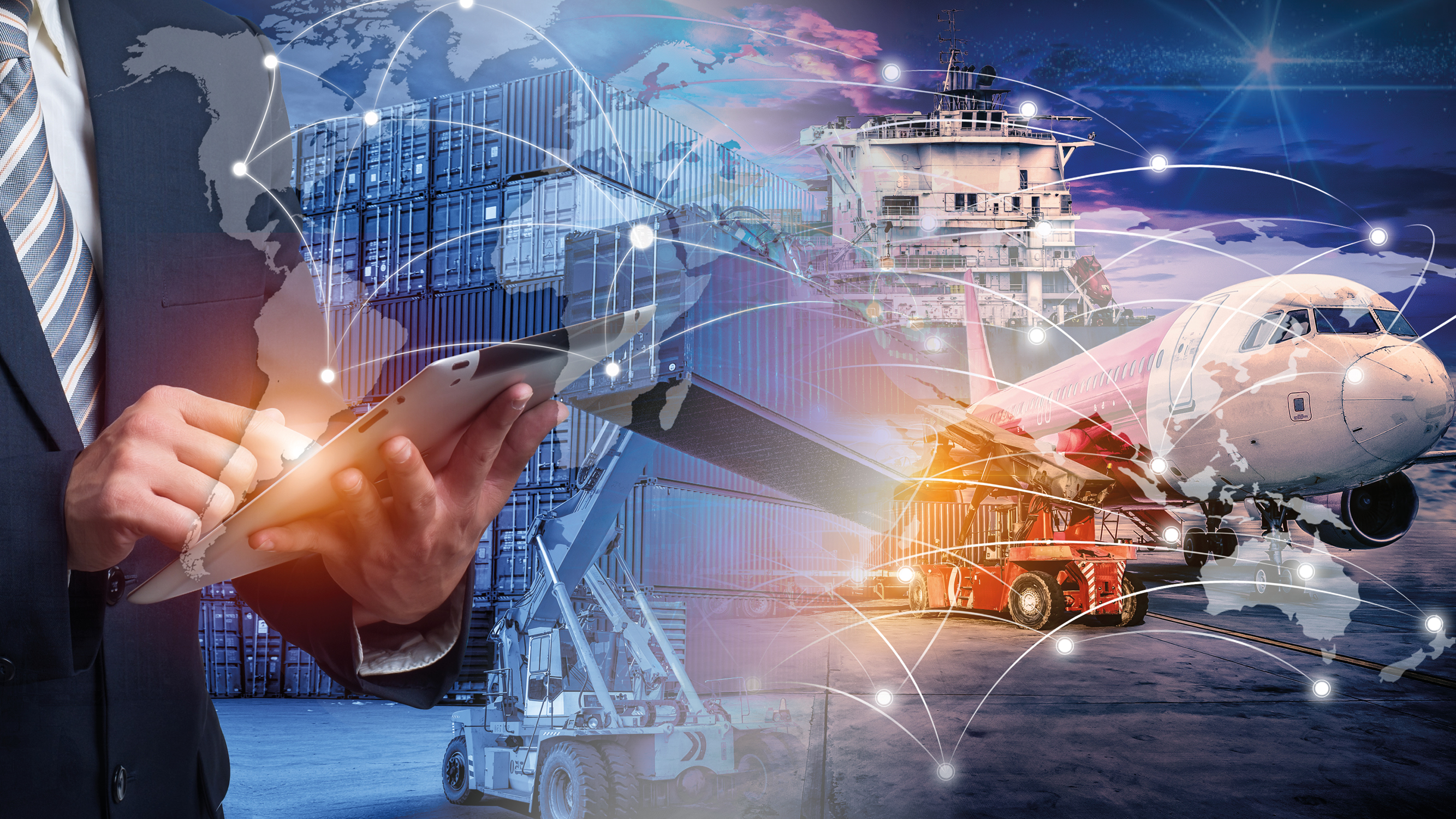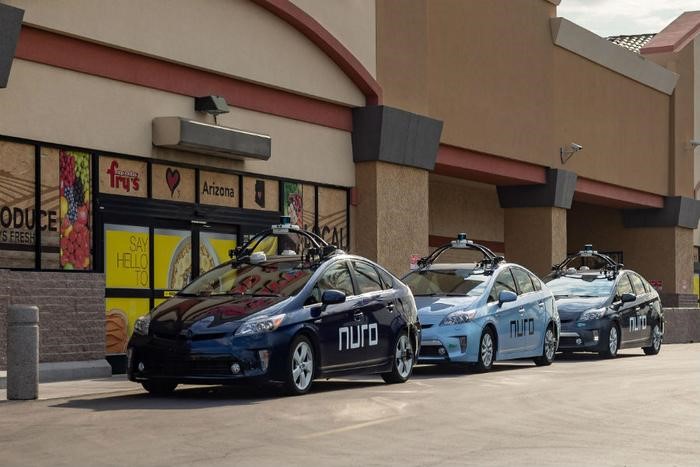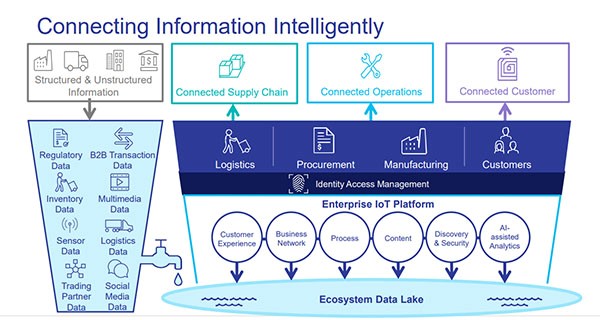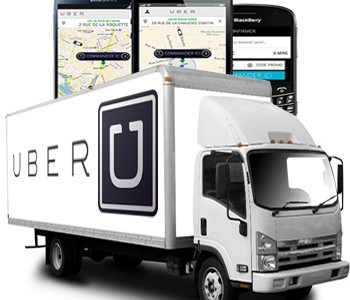The transportation and logistics industry are currently going through some major transformations. The current metamorphosis is creating opportunities as well as challenges. Successful shippers are looking for ways to adjust to the challenges and take advantage of the opportunities. The economy, labor, and I believe, most dramatic, is the technology component which will be the game changer. Astonishingly what seemed like an unrealistic idea ten years ago, today, is now plausible because of technology. From robotics to radio frequency identification technology to block chain applications, the possibilities are intriguing to say the least. The challenge for supply chain professionals is how to stay current on these applications and how they can give your business the competitive edge that often makes the difference between black and red on the financial statements. Here are a few key areas in which every supply chain professional should have a firm understanding.
Economic Forecasts
Everyone is enjoying a robust economic environment at home even with the Trump administrations tariff threats. The domestic manufacturing economic forecast is a practical place to start in planning your logistics budget both operationally and financially. It's not all about the dollars. Shippers need to assure themselves of available assets to deliver and receive goods. The driver shortage is real, there are no significant players entering the asset-based transportation industry so capacity issues will be a common challenge. Existing carriers can only add as much capacity as drivers available to operate the equipment. Online retail spending is estimated to increase up to 20-30% over the next 3-4 years. These growth estimates will impact future freight distributions and patterns by creating additional density for retailer’s networks. Crowd sourced delivery options, much like Uber, will become a significant pool of delivery drivers. Automated trucks will become more increasingly in demand as soon as the technology can be trusted.
The Labor Outlook
Driver positions are not the only area in logistics that are suffering shortages. Qualified warehouse personnel are also in demand. Particularly, as warehouse and distribution centers evolve into a more complex and technology driven environment. There are many reasons why labor is a problem, but two hurdles stand out. First, trucking has historically paid less than other business’ competing for the same potential employee. Second, the nature of the job requires drivers to be away from home in some cases for weeks at a time. As freight volume continues to grow labor will become an even bigger issue. To attract more recruits, some experts have proposed establishing more enticing industry standards such as a higher base pay and a flex time policy. Neither idea has yet to gain much traction. The simple fact is that truck driving as a career does not appeal to today's young people. On the operations side colleges and universities have historically offered somewhat limited programs in logistics as a science. I would expect the training options should improve as demand for these services increases.
Technology and Big Data
There is little doubt that data and the technology which allows us to interpret and leverage that data will be the future of supply chain management. It is well known that many transportation and logistics companies are late adapters of technology. Some are starting to be shut out of contracts if they cannot provide the data and technology required by customers, especially cyber security. Larger customers are adding minimum levels of cyber security to their contracts; this requirement will eventually become SOP.
Many carriers are even more behind in using analytics to make smart operational decisions. They do not understand the competitive edge analytics can give them even the simplest terms like route maximization. Successful shippers are thriving by seeking the guidance of logistics professionals who are trained in and equipped with the latest technology that mitigates risk to their supply chain and brand value. We are in the middle of a paradigm shift in the way transportation and logistics is executed. Adapt accordingly or die.
Count on the logistics professionals at Land Link Traffic Systems to navigate your company through what is certain to be some challenging supply chain waters in 2019 and beyond.
Free Assessment, call 732-899-4242








.jpg)
.jpg)


 Land-Link, a well respected professional organization, has been providing its clients with effective transportation and logistics solutions since 1978.
Land-Link, a well respected professional organization, has been providing its clients with effective transportation and logistics solutions since 1978.

